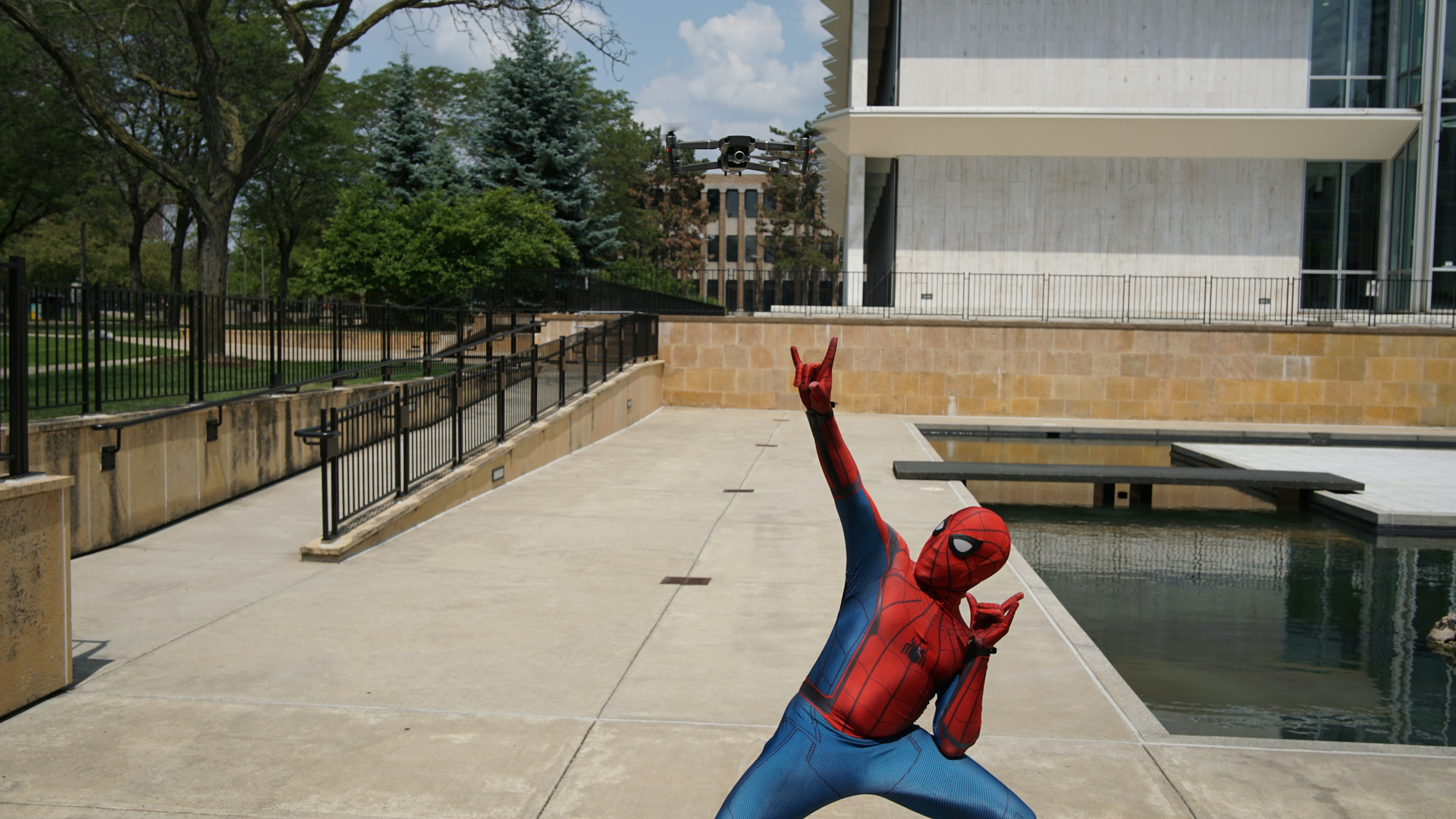Costume Design’s New Era: Virtual Fashion in Film and TV
Step behind the scenes of film and television’s latest creative wave: virtual fashion. No longer confined to physical fabric and needle, costume designers are now crafting digital wardrobes that redefine character, narrative, and audience engagement. Discover how this emerging art is reshaping both storytelling and the future of fashion itself.
A Stitch in Digital Time: The Roots of Virtual Costume Design
Costume design has long been a pillar of visual storytelling, with legendary figures like Edith Head and Ruth E. Carter shaping how we perceive cinematic worlds. Traditionally, these artists relied on tangible textiles, intricate tailoring, and handcraftsmanship to bring characters to life. However, the past decade has witnessed a remarkable shift. The expansion of CGI, motion capture, and virtual production tools has opened the door to garments that exist entirely in the digital realm.
The journey began with films experimenting in computer-generated imagery—think of the flowing digital garments in The Matrix Reloaded or the elaborate suits in Iron Man. Yet, at that time, physical costumes still dominated. The real breakthrough came as visual effects and gaming technology merged, enabling designers to imagine apparel unrestricted by gravity, fabric cost, or practical effects. In effect, the costume department has evolved from wardrobe racks to virtual workstations, where software like Clo3D and Marvelous Designer have become as essential as scissors and thread.
Today’s Stage: How Streaming and Studios are Embracing Digital Wardrobes
The past five years have seen an explosion in demand for virtual costumes, driven by both practical necessity and creative ambition. The COVID-19 pandemic and resulting production shutdowns forced many studios to reimagine workflows. Remote teams became the norm, and virtual sets, populated by digital actors and costumes, provided a safe, flexible alternative. Animated series for platforms like Netflix and Amazon Prime Video began featuring hyper-realistic digital attire, blending the lines between animation and live-action.
Prestige television has also joined the trend. In Disney’s The Mandalorian, virtual costumes are seamlessly integrated with real ones, supported by the groundbreaking StageCraft technology. Marvel’s WandaVision and Loki used digital costume augmentation to enhance character transformations, from period-accurate dresses to otherworldly superhero suits. The rise of virtual influencers—fully digital characters with their own wardrobes—has also informed how costume design teams approach projects, blending physical and virtual elements for maximum impact.
The Artistry of the Impossible: Creative Potential and Challenges
Virtual fashion has unleashed a new wave of artistic freedom. Designers can dream up materials that shimmer with impossible colors, garments that morph in real time, or costumes that react to a character’s emotions or the environment. This creative latitude is evident in recent films like Avatar: The Way of Water, where digital tribal attire moves believably underwater, or in video game adaptations like Arcane, where costumes reflect both character psychology and fantastical worldbuilding.
Yet, this freedom comes with unique challenges. Costume designers now collaborate closely with visual effects artists, animators, and even software engineers. The process is iterative and multidisciplinary: a dress designed on a computer screen must move convincingly on a digital double and match the lighting and textures of live-action footage. Moreover, there are ongoing debates within the industry about authorship, with some traditional designers feeling displaced by the rise of digital creators.
Audience Reception and Cultural Significance
How have audiences responded to this shift? Surprisingly, many viewers are unaware of the extent to which digital costumes are used, thanks to the seamless integration of practical and virtual elements. When done well, digital attire enhances immersion without drawing attention to itself. However, there are moments when audiences notice, often when digital effects fall into the uncanny valley or when costumes appear physically impossible.
Culturally, virtual fashion in film and TV has begun influencing real-world trends. High-profile collaborations between costume designers and fashion houses have resulted in digital-only collections, while some films and shows offer fans the chance to purchase virtual replicas for avatars in popular video games. This convergence of digital and physical fashion signals a profound shift in how we relate to clothing, identity, and entertainment.
Critics and scholars are taking note, with many arguing that virtual costume design is democratizing fashion, making it accessible to anyone with a digital presence. At the same time, questions about sustainability, copyright, and artistic recognition remain unresolved. As the field grows, it will be crucial for industry leaders to address these issues while nurturing new talent.
Looking Forward: The Future of Costume Design in a Virtual World
The momentum behind virtual costume design shows no signs of slowing. With the advent of AI-assisted design tools, augmented reality integration, and the expansion of the metaverse, the possibilities are vast. Major studios are investing in proprietary software to stay ahead of the curve, while independent creators use platforms like Unreal Engine to produce their own stunning digital wardrobes.
Education is evolving in tandem. Leading fashion and film schools now offer courses in virtual garment creation, training the next generation of designers to work fluently in both physical and digital spaces. The role of the costume designer is expanding—part artist, part technologist, part storyteller.
Ultimately, the embrace of virtual fashion in film and television is more than a technical innovation; it is a reimagining of how we use clothing to explore identity, narrative, and the boundaries of reality itself. As audiences continue to demand richer, more immersive experiences, costume design’s digital turn promises to shape not just what we watch, but how we imagine ourselves in worlds both real and virtual.





